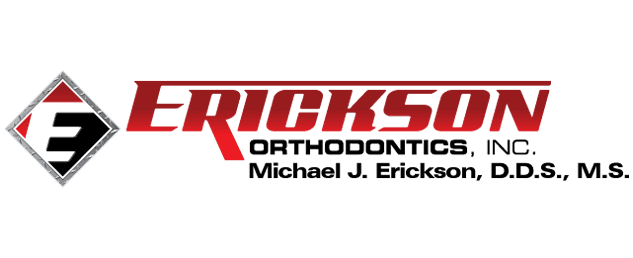Retainers
Retainers are worn for varying amounts of time, depending on the type of orthodontic treatment and the age of the patient. Perseverance and commitment are required to make this final stage of treatment successful. If the retainer is not worn as directed by the orthodontist, treatment can fail or take much longer than anticipated.
Types of Retainers Available
There are a variety of retainers available; each one is geared towards treating a different kind of dental problem. The orthodontist will make a retainer recommendation depending on the nature of the original diagnosis and the orthodontic treatment plan.
The following are some of the most common types of retainers:
- Hawley retainer – The Hawley retainer consists of a metal wire on an acrylic arch. The metal wire may be periodically adjusted by the orthodontist to ensure the teeth stay in the desired position. The acrylic arch is designed to fit comfortably on the lingual walls or palate of the mouth.
- Essix – The Essix retainer is the most commonly used vacuum formed retainer (VFR). A mold is initially made of the teeth in their new alignment, and then clear PVC trays are created to fit over the arch in its entirety. VFR’s are much cheaper than many other types of retainers and also do not affect the aesthetic appearance of the smile in the same way as the Hawley retainer. The disadvantage of VFR’s is that they break and scratch more easily than other types of retainers.
- Fixed retainers – A fixed retainer is somewhat similar to a lingual brace in that it is affixed to the tongue side of a few teeth. Usually, a fixed retainer is used in cases where there has been either rapid or substantial movement of the teeth. It usually consists of a single wire. The inclination of the teeth to move rapidly means they are also more likely to regress back to their previous position if a fixed retainer is not placed.
Things to Consider When Using a Retainer
There are a few basic things to consider for proper use and maintenance of your retainer.
Don’t lose the appliance – Removable retainers are very easy to lose. It is advisable to place your retainer in the case it came in while eating, drinking, and brushing. Leaving a retainer folded in a napkin at a restaurant or in a public restroom can be very costly if lost because a replacement must be created. A brightly colored case serves as a great reminder.
Don’t drink while wearing a retainer – It is tempting to drink while wearing a retainer because of the unobtrusive nature of the device. However, excess liquid trapped under the trays can vastly intensify acid exposure to teeth, increasing the probability of tooth decay.
Don’t eat while wearing a retainer – It can be difficult and awkward to eat while wearing a removable retainer and it can also damage the device. Food can get trapped around a Hawley retainer wire or underneath the palate, causing bad breath. When worn on the upper and lower arches simultaneously, VFR retainers do not allow the teeth to meet. This means that chewing is almost impossible.
Clean the retainer properly – Removable retainers can become breeding grounds for calculus and bacteria. It is essential to clean the inside and outside thoroughly, as often as possible. Hawley retainers can be cleaned with a toothbrush. Because harsh bristles can damage the PVC surface of a VFR, denture cleaner or a specialized retainer cleaner is recommended for this type of device.
Wear the retainer as directed – This phase of treatment is critical. The hard work has been done, the braces are off and now it is tempting not to wear the retainer as often as the orthodontist recommends. Retainers are needed to give the muscles, tissues and bones time to stabilize the teeth in their new alignment. Failure to wear the retainer as directed can have regrettable consequences, such as teeth returning to their original position, added expense, and lost time.
